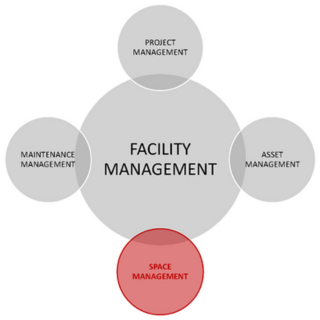Space management in the hybrid workplace: how to plan and implement it
The adoption of hybrid workplace models affects the way companies manage their spaces. Space management must now be directed towards maximum efficiency, but also towards creating extraordinary work experiences in a context and with very different dynamics from the past.
What is space management?
Space management is a key strategy to maximize the efficiency and effectiveness of work environments, especially in hybrid contexts. This process involves several key activities.
- Analysis and spatial planning: carefully assess the use of existing spaces and plan changes to optimize their use.
- Flexibility and dynamism: adapt spaces to meet the continuously evolving needs of employees and work activities.
- Technological integration: implement advanced technological solutions for efficient space management, improving communication and collaboration.
- Employees’ comfort and well-being: design spaces that promote the well-being and productivity of workers, taking into account their preferences and needs.
Environmental sustainability: ensure that space management is eco-friendly, reducing environmental impact and promoting sustainable practices.

Through an effective approach to space management, companies can create a work environment that supports productivity, collaboration, and employee well-being, contributing to the success of the organization.
Hybrid work conditions space management
Essentially, hybrid work disassociates work activities from the space, allowing people to define – and, often, choose – the environment that best suits the task at hand: offices and homes, as well as coworking spaces, libraries and museums have become the pillars of a modern, synergetic and connected work experience.
As described above, companies bear the burden of rethinking their spaces not only in light of a physiological presence reduction, but also the need to enhance the experiential aspect of workplaces.
One of the risks of working remotely is creating a clear separation between the employee and their company: through appropriate rethinking and accurate space management, environments should instead act as a “concentration” of corporate culture, they should foster collaboration, sharing, and thus provide a productive and fulfilling experience for those who live it.
Not to mention that, in the hybrid era, proper space management allows the company to save on building services (given the lower occupancy) and implement new business models: for example, the possibility of repurposing unused space for coworking, so as to obtain new revenues.
In the digital age, space management is data driven
In the age of hybrid work, space management is data driven. Creating positive experiences without efficiency concessions is indeed possible, as long as we know how people work, what they need, what services they use and how they benefit from working in the office in an era where physical presence is no longer mandatory or is not mandatory 100% of the time.
Activity Based Working (ABW) is the paradigm to start from: companies should take into account that different types of spaces are not only optimal for the work activities that are performed, but also complex to replicate in other contexts, such as one’s own home or a library. As such making way for specific meeting rooms for brainstorming, environments aimed at maximum concentration or socialisation, another fundamental aspect of work experience that has been somewhat lost with remote working.
Digital, as we said, is pervasive. A hybrid workplace includes all necessary tools for activities such as space booking, automatic check-in/out, video conferencing tools to have hybrid meetings, remote collaboration platforms, unified communication tools (UCC) and so on.
Digital tools: how they can be useful for space management
The use of digital tools also enables companies to optimise space management by tracking how much space is being used, how people are managing it, and any difficulties or problems. All this emerges from the tools available to employees (e.g. desk-booking solutions), but also from periodic or contextual surveys of certain activities, such as checking out of a specific meeting room – that’s essential, when dealing with Facility Management.
On the basis of the amount of information transmitted and – potentially – analysed in real time, companies can redesign spaces and better calibrate services according to actual usage forecasts, provide new and modern amenities for employees (car rental app or canteen booking to name a few) as well as better assist them throughout their entire working experience, achieving – as previously mentioned – savings on the one hand and employee engagement on the other, which translates into more productivity, talent attraction, less turnover and more attachment to the company’s values.
 English
English

